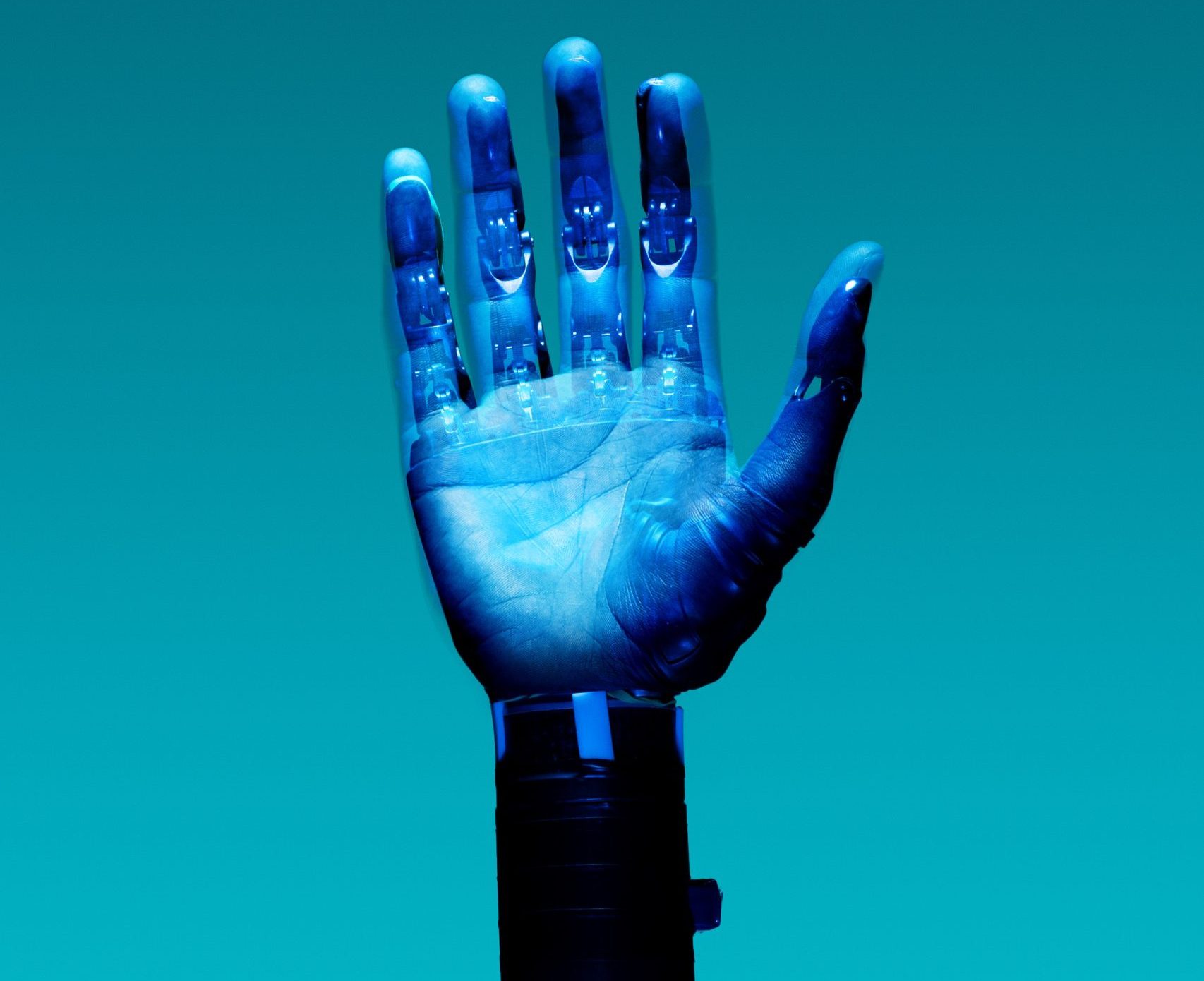Amazon starts using humanoid robots in its warehouses

US giant Amazon is once again getting the attention of the tech world, this time in its warehouses. The company has just started testing humanoid robots with four limbs, meaning they have both arms and legs. These robots, known as “Digit,” have the ability to walk in a way that resembles human movements and are designed to be able to perform various warehouse tasks, such as carrying boxes and packages.
Amazon’s main goal with these humanoid robots is to free up human employees’ hands from repetitive and physically demanding warehouse tasks. This would allow employees to devote more time and energy to other tasks, which should lead to increased customer satisfaction.
However, unions and some observers are concerned that the deployment of these robots could mean the gradual replacement of human employees by machines. Amazon has been criticized for several years for its use of robots in its distribution centers and how it may impact jobs.
According to Amazon itself, the robots are designed to work with humans, not replace them. The company stresses that humans are still essential to them in the distribution and order fulfillment process, especially with their ability to think on a higher level and resolve complications.
The company also points out that employees have the skills to repair and maintain robots, another important aspect that would show that human labor remains indispensable.
However, this new technology and the deployment of robots could result in a reduction in the need for human workers in some parts of Amazon’s operations, and this is a cause for concern for unions and some critics. However, the company claims that these new technologies can lead to new job opportunities and support their growth and expansion.
So whether Amazon’s humanoid robots will “work” with humans and increase customer satisfaction, or pose a threat to jobs, remains a question for now. How this technology will be developed and integrated into the company’s operations will continue to be a subject of attention and debate.
Photo source: www.pexels.com
Author of this article
WAS THIS ARTICLE HELPFUL?
Support us to keep up the good work and to provide you even better content. Your donations will be used to help students get access to quality content for free and pay our contributors’ salaries, who work hard to create this website content! Thank you for all your support!





OR CONTINUE READING